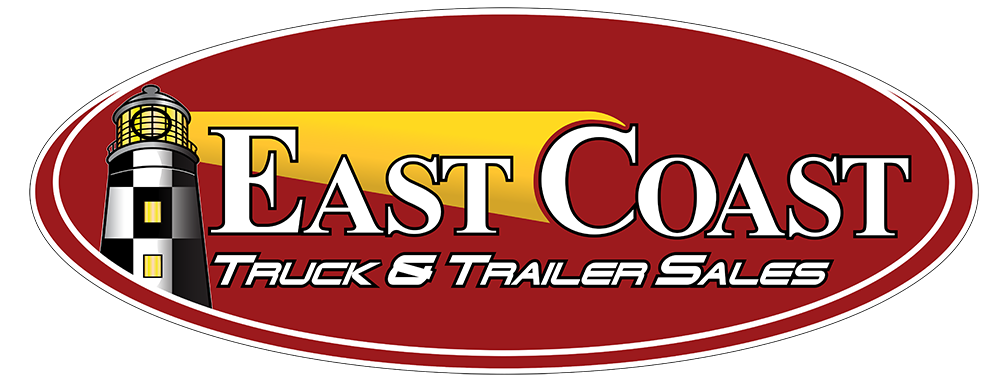ELDs and trucking: A pain in the neck (and back and elsewhere)
More drivers are experiencing prolonged sitting, lack of exercise, poor posture, road vibration and increased stress and tension made worse by new HOS and ELD rules and parking shortages.“It’s not that surprising that muscular skeletal disorders are common amongst drivers,” said Philip Bigelow, a professor in the School of Public Health and Health Systems and co-author of the study. “The rates are high compared to the general population for a reason.”
It’s the job itself, he says. He cites prolonged sitting, lack of exercise, poor posture, road vibration and increased stress and tension made worse by HOS and new ELD rules combined with parking shortages. When your body is under stress it can produce fatigue, especially in back and neck muscles. “Stress and tension can lead to more musculoskeletal disorders,” he says.
He notes that alleviation of MSD requires a two-pronged approach: from carriers and drivers.
First, it’s vital for companies to foster a climate of safety and concern for driver well-being, he says. “If the company is a supporter of taking breaks and scheduling trips that help people move around a bit more, that makes things better.”
He adds that carriers should look at driver seats and make sure they fit the driver, are ergonomic and lower vibration. For their part, drivers should take responsibility to make sure that their seat is positioned properly, that they exercise and stretch on a regular basis and take breaks. “Have someone look at your posture,” he suggests. “Perhaps someone at the company can look at your workspace and make sure the adjustments are as good as they can be.”
It also may come as no surprise, Bigelow said, that job satisfaction affects driver pain. The more dissatisfied a person is with their job, the more they complain about aches and pains. “That phenomenon is actually quite common across not only transportation but many industry sectors. There are clinical factors that are related to muscular skeletal disorders, like awkward postures and heavy lifting. In truck drivers, it’s also from vibration and sitting for 13 hours a day. All these things are clinical factors, but there are psychosocial factors that you see in 30 years of research on MSD. If you’re unsatisfied in your job, you’re going to have MSD complaints.”
Bigelow, who also has also participated in truck parking studies, says that the new Hours of Service rules not only cause more stress and tension but can result in lower job satisfaction which, in turn, leads to greater reporting of MSDs. “We’ve put drivers in an awful bind in terms of not driving over their hours of service when they can’t find a parking spot. This is very stressful.”
Perhaps most important is for drivers to be aware of their pain and not try to hide it or power through it. “There’s a macho attitude in many industries including transportation that ‘I’m tough and I can get through this.’ That’s where education comes in,” says Bigelow. The survey found that married drivers suffer higher levels of MSD, perhaps because they are more likely to report it to their spouse. This goes for educated drivers, too, because they may have read or otherwise learned about MSDs, and understand the importance of reporting their pain symptoms.
The study recently was published in the Journal of Transport and Health.
Article Courtesy of FleetOwner.com

